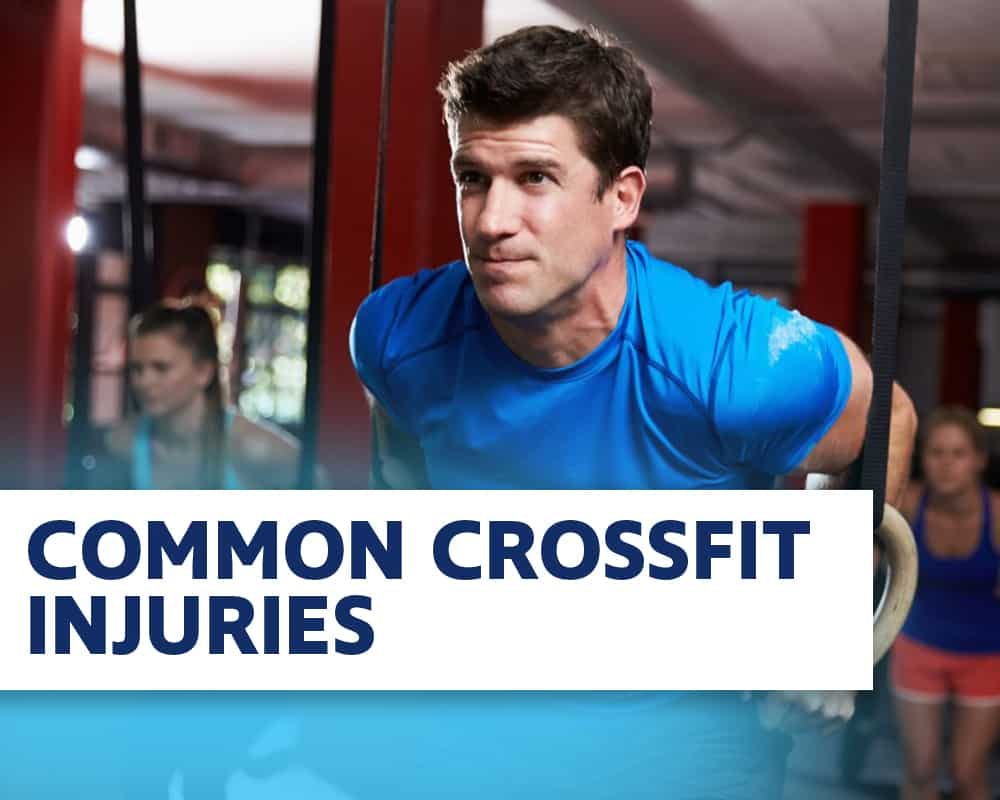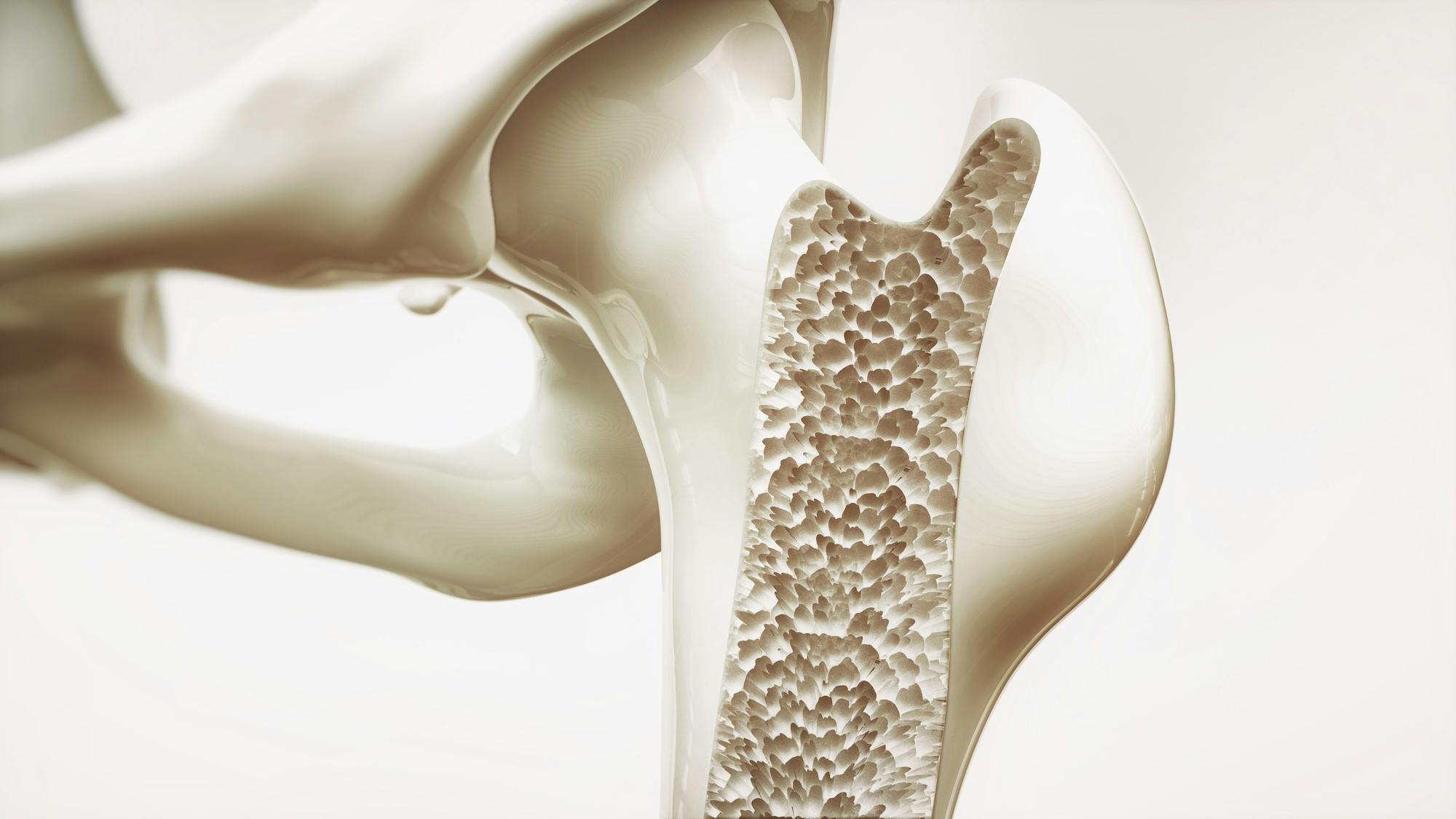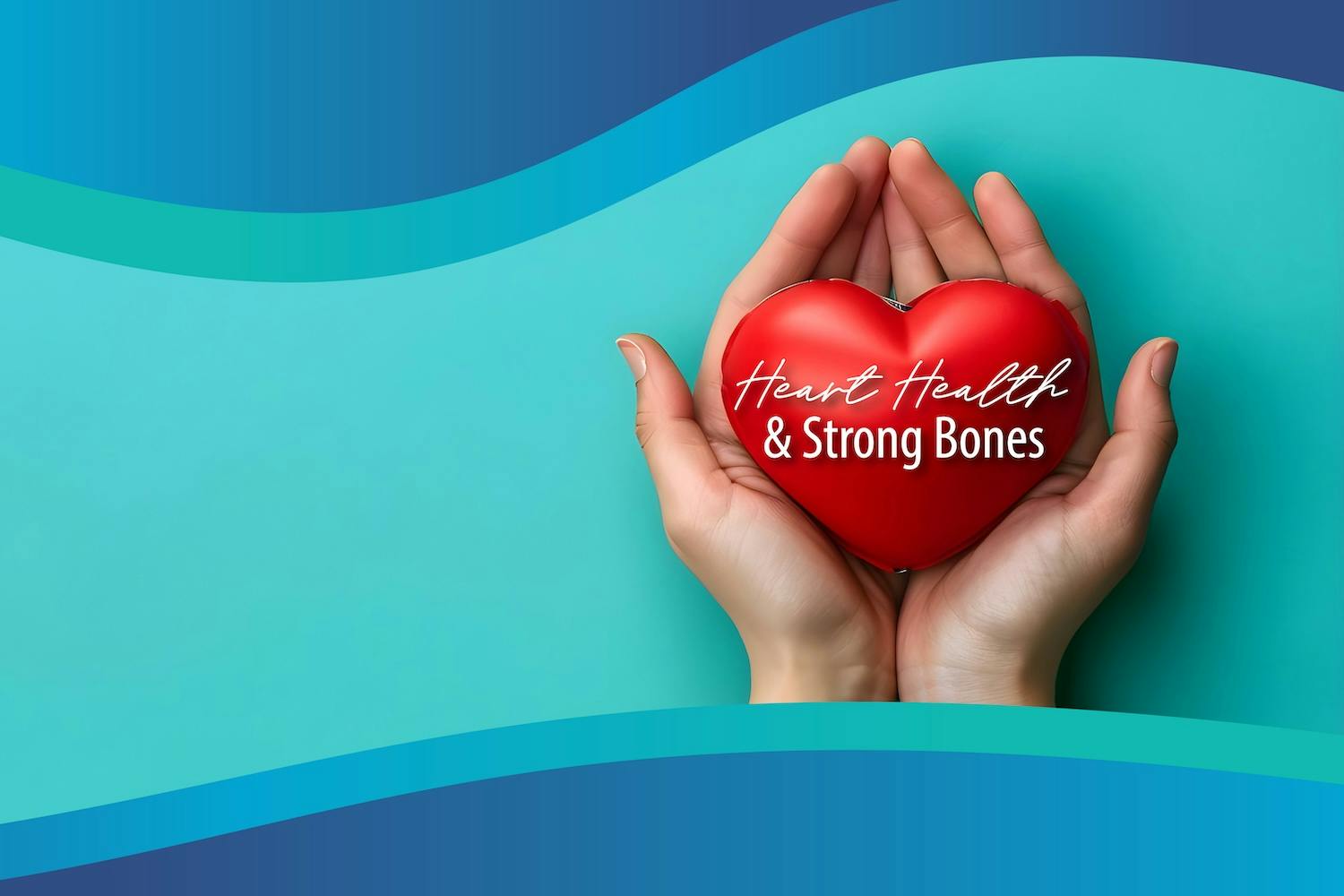- Blog
Common CrossFit Injuries
Posted on 10-29-2025 in CrossFit by Dr. Chris O'Grady

Posted on 10-29-2025 in CrossFit by Dr. Chris O'Grady
Considering CrossFit workouts involve major joints and muscle groups and focus on high-intensity, high-rep routines, injuries can occur in just about any area of the musculoskeletal system.
The most common CrossFit injuries occur in the back, shoulders, knee, ankles and wrists.
Some exercises are more likely to cause injuries than others. For instance, bounding box jumps place a lot of excess strain on the heels and calves and can cause Achilles tendon injuries. Kipping pull-ups, a kind of pull-up done by CrossFitters, are associated with shoulder injuries, especially when the athlete doesn’t adhere to proper form. High-rep Olympic lifts are another common source of injuries, especially in the back, arms and legs.
Where Are CrossFit Injuries Most Likely To Occur?
The most common areas for CrossFit injuries are:
Back: Bending and lifting can lead to back injuries, especially lifting weights with poor form. Lumbar strain, sciatic pain or a herniated disc are some back injuries that CrossFitters could experience. A strong core can ease strain on the back.
Shoulders: CrossFit routines can place shoulders in positions that put stress on the vital structures within the joint. Athletes could face shoulder injuries, such as a torn labrum, torn rotator cuff or subacromial impingement syndrome where the tendons of the rotator cuff become pinched. Overuse can also irritate and inflame tissues. Better posture and exercises to strengthen the rotator cuff can increase mobility and decrease shoulder injuries.
Knees: Movements, such as squatting and jumping, strain the knees. Knee injuries can range from strain to a meniscus tear. While lifting and doing squats, focus on posture and positioning the knees correctly. Some athletes use knee sleeves to increase stability.
Ankles: The Achilles tendon can become strained while doing CrossFit. Sprains can take place when athletes accidentally roll their ankles. Athletes could also experience a metatarsal stress fracture. The metatarsal is five long bones in the midfoot.
Wrists: Wrist injuries can occur with exercises, such as deadlifts, cleans and bench press. Athletes can experience tendonitis, sprains, muscle strain or cartilage tears. Some athletes wrap their wrists to provide more stability.
Some muscle soreness is expected when working out, especially at a high-intensity level, but an extreme and persistent, even worsening pain, is a sign of an injury and should be evaluated before an athlete resumes activity.

We see our share of broken bones as an orthopaedic and sports medicine practice. From the high school baseball player who collided with first base a little too hard to the avid DIY’er who took a tumble from an unsecured ladder and everything in between, we’ve seen it all. As we age, we also gradually lose bone mass, which occurs as small amounts of healthy bone are absorbed into your body as small amounts are replaced. When more bone is absorbed than is replaced, the density (bone mass) is reduced. Osteoporosis develops when the bone is no longer replaced as quickly as it is removed, and over time, it causes the bone to become progressively weaker, increasing the risk that it may break.

October is Medical Ultrasound Awareness Month, a time to highlight how this technology is reshaping sports medicine. At North Florida Bone & Joint Specialists, musculoskeletal ultrasound plays a vital role in the timely diagnosis and treatment of sports-related injuries, helping patients receive precise, efficient care without delay.

February is American Heart Month—a time to raise awareness about cardiovascular health and its far-reaching effects. While most people recognize the importance of heart health for longevity and disease prevention, fewer realize its critical role in musculoskeletal well-being. At North Florida Bone & Joint Specialists, we emphasize a comprehensive approach to orthopaedic care, recognizing that a strong heart supports strong bones and joints.